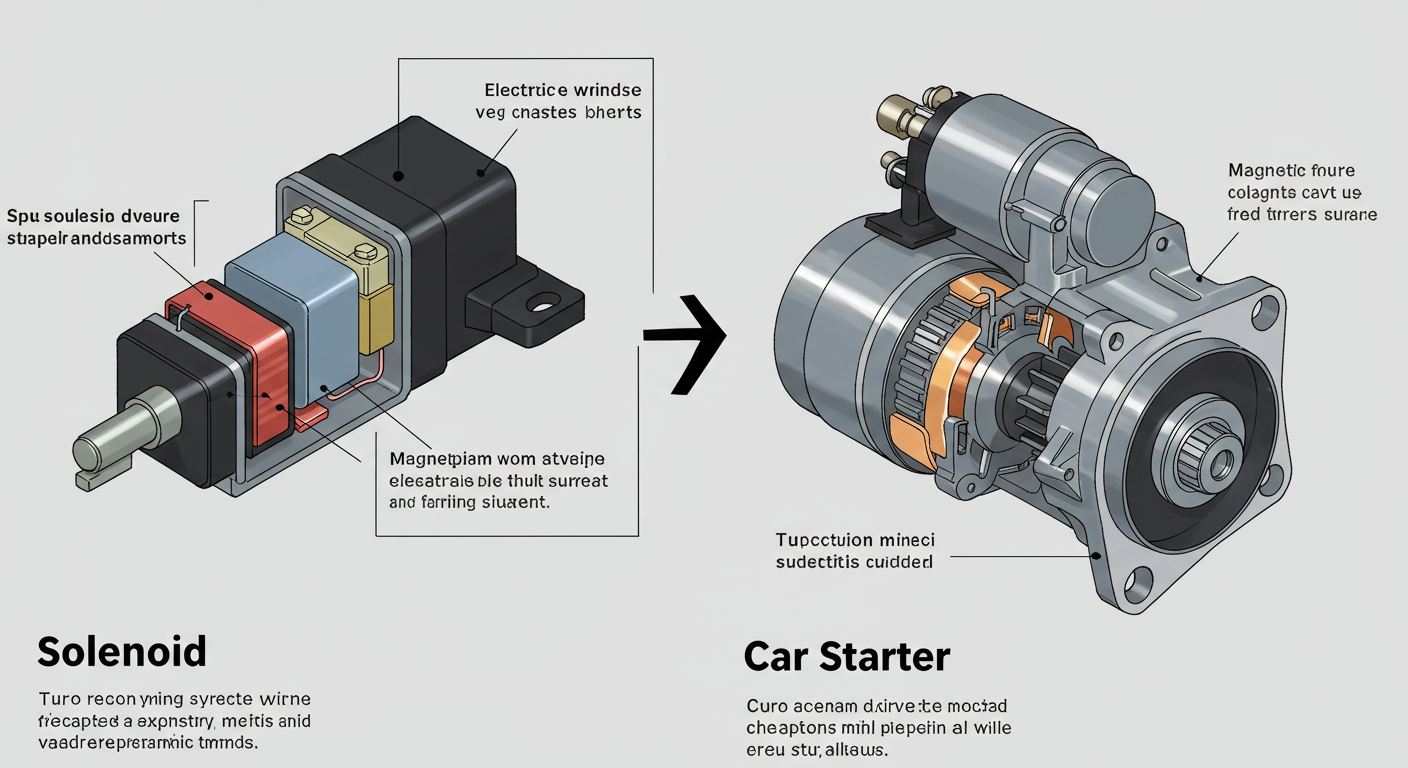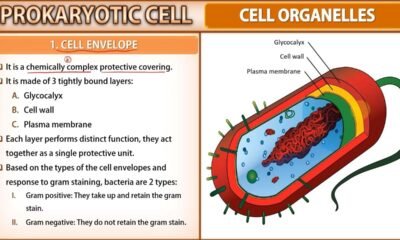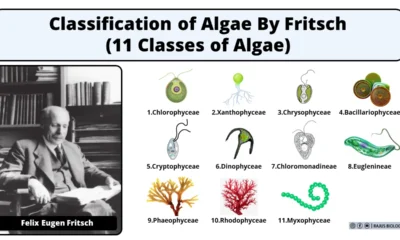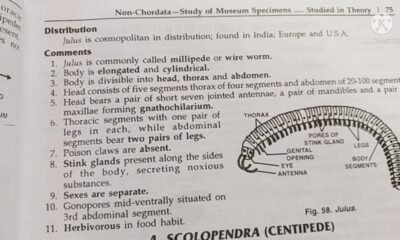News
Is There A Difference Between a Solenoid And A Car Starter?

When your car won’t start, two components often come to mind: the starter and the solenoid. But what exactly are they? Are they the same thing—or two separate parts working together? Understanding the difference between a solenoid and a starter can help you troubleshoot issues more effectively and avoid unnecessary part replacements. While the two are closely related, they serve distinct purposes in your vehicle’s ignition and engine systems. Let’s break down what each component does, how they interact, and how to know which one might be causing your car trouble.
Both Components Work Together
The car starter and solenoid work hand in hand, but they’re not the same part. The starter is the electric motor that cranks your engine when you turn the key or press the ignition button. Its job is to rotate the engine just enough to begin the combustion cycle. Once the engine is running, the starter disengages and the engine takes over.
The starter solenoid, on the other hand, acts as a high-current relay or switch. When you start your vehicle, a small electric current is sent from the ignition switch to the solenoid. In response, the solenoid closes the circuit that sends a much larger current from the battery to the starter motor. It also physically pushes the starter gear forward to engage with the engine’s flywheel.
So, while they are separate components, they operate as a unit. If the solenoid fails, the starter motor may never receive power. Conversely, if the starter motor fails but the solenoid still works, you’ll hear a clicking sound when turning the key—but the engine won’t crank. Replacing a solenoid is often cheaper than replacing the entire starter, but in many vehicles, the solenoid is integrated into the starter assembly and replaced together.
There are also other types of solenoids found in your vehicle beyond the one that engages the starter. One common example is the variable valve timing (VVT) solenoid, which adjusts engine timing for optimal performance. If you’re dealing with performance or idle issues, you may be looking at a faulty solenoid unrelated to the starting system entirely.
Difference In Switches And Control
Beyond the starter system, solenoids appear in several parts of your vehicle, each with a specific function. A VVT solenoid, for example, controls the flow of oil to the camshaft phasers in variable valve timing systems. This allows the engine to adjust timing for better power or fuel efficiency, depending on driving conditions. If this vvt solenoid fails, you may notice poor acceleration, reduced fuel economy, or even a check engine light.
Meanwhile, a torque converter clutch solenoid is used in automatic transmissions to control the locking and unlocking of the torque converter clutch. This improves fuel economy by eliminating slippage between the engine and transmission at cruising speeds. A faulty torque converter clutch solenoid can cause rough shifts, stalling, or overheating in the transmission.
These solenoids differ from the starter solenoid in function, size, and location—but they operate on a similar principle: using a small electrical signal to control a larger mechanical action. Whether it’s adjusting engine timing or managing hydraulic pressure in a transmission, solenoids act as electric switches in many of your vehicle’s key systems.
Understanding this helps highlight why a blanket diagnosis of “bad solenoid” isn’t always enough—you need to know which one and what symptoms are being caused. For example, if your car cranks slowly or not at all, you’re likely dealing with the starter solenoid. But if your car runs poorly, hesitates on acceleration, or shifts harshly, the issue could be a VVT or transmission-related solenoid.
Knowing how these systems connect can also help you ask better questions at the repair shop or make smarter decisions when troubleshooting. Instead of assuming it’s the battery or the starter motor, you can consider whether the solenoid might be at fault—and potentially save yourself time and money by narrowing it down more quickly.
In summary, yes—there is a big difference between a solenoid and a car starter. The starter is the motor that gets your engine turning, while the solenoid is the component that enables that action by acting as an electric switch. And beyond starting your vehicle, solenoids also play critical roles in engine timing, transmission function, and more. Knowing the difference not only improves your mechanical understanding but also empowers you to maintain and repair your vehicle more effectively.

 Blog7 months ago
Blog7 months ago[PPT] Human Reproduction Class 12 Notes
- Blog7 months ago
Contribution of Indian Phycologists (4 Famous Algologist)
- Blog7 months ago
PG TRB Botany Study Material PDF Free Download

 Blog7 months ago
Blog7 months agoCell The Unit of Life Complete Notes | Class 11 & NEET Free Notes

 Blog7 months ago
Blog7 months ago[PPT] The living world Class 11 Notes

 Blog7 months ago
Blog7 months agoClassification of Algae By Fritsch (11 Classes of Algae)

 Blog7 months ago
Blog7 months agoJulus General Characteristics | Free Biology Notes
- Blog7 months ago
Class 12 Biology Notes Chapter wise PPT












